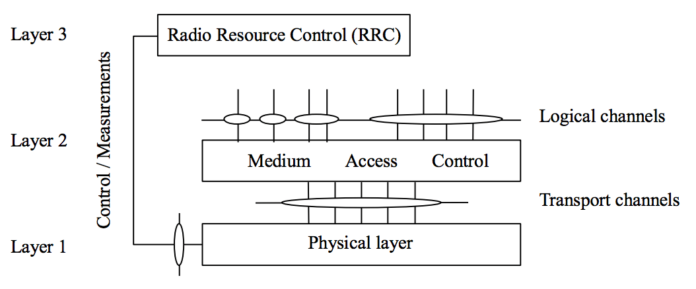Although “5G” isn’t set for standardization by 3GPP and the International Telecommunication Union until 2020, carriers and vendors are aggressively working on prestandardized technology with many bullish on the outlook for commercialization. Verizon Wireless, which announced it would start 5G trials last year, said it has completed a radio specification for the next-generation of mobile networks.
In a July 11 announcement, Verizon Wireless said it’s the first U.S. carrier to complete the radio specification, which came out of its 5G Technology Forum. The carrier said customers will see “several gigabits per second throughputs and single-millisecond latencies.”
Established last August, Verizon’s 5G Technology Forum comprises Verizon Wireless, Alcatel-Lucent, Cisco, Ericsson, Nokia, Qualcomm and Samsung.
Adam Koeppe, VP of network technology planning, said collaborative development allowed Verizon Wireless to complete its specification work. “The level of collaboration that we are seeing exceeds what we saw during 4G. This agile way of developing the specification and working with the ecosystem will enable us to get to market rapidly.” He called the achievement a “key milestone toward the development of a complete 5G specification.”
Spec in hand, Verizon Wireless said it now has “guidelines to test and validate crucial 5G technical components. The development of the specification allows industry partners such as chipset vendors, network vendors and mobile operators to develop interoperable solutions and contribute to prestandard testing and fabrication.”
Verizon Wireless lists the following as “service provided to the higher layers”:
- Error detection on the transport channel and indication to higher layers;
- FEC encoding/decoding of the transport channel;
- Hybrid ARQ soft-combining;
- Rate matching of the coded transport channel to physical channels;
- Mapping of the coded transport channel onto physical channels;
- Power weighting of physical channels;
- Modulation and demodulation of physical channels;
- Frequency and time synchronization;
- Radio characteristics measurements and indication to higher layers;
- Multiple Input Multiple Output antenna processing;
- Transmit Diversity (TX diversity);
- Digital and Analog Beamforming; and
- RF processing

